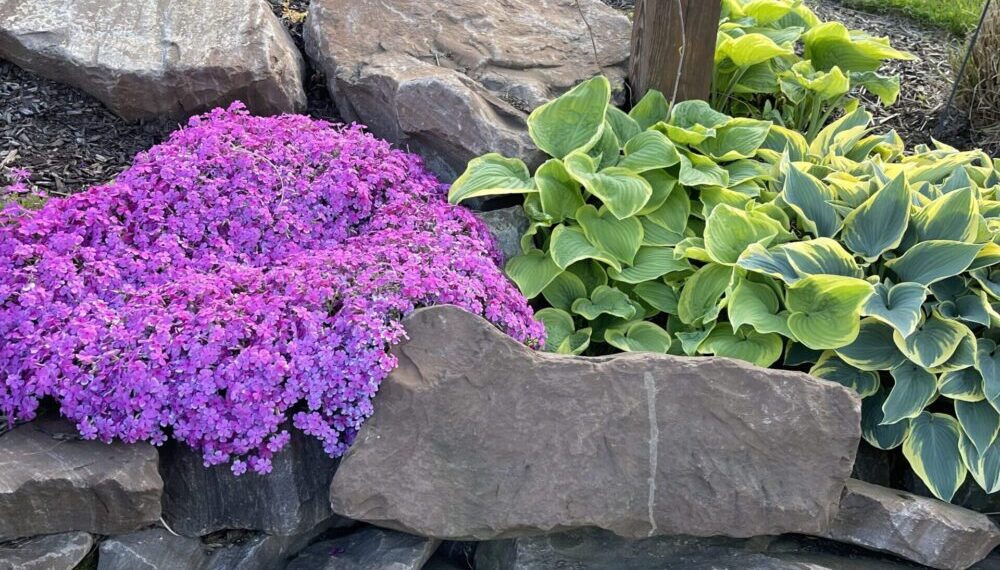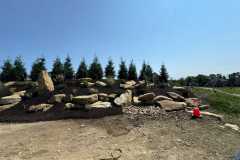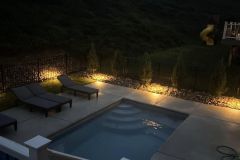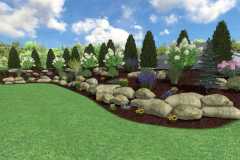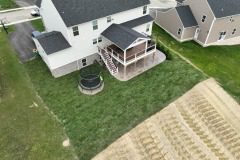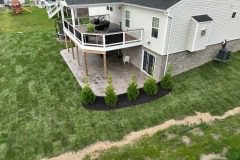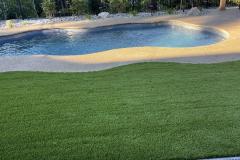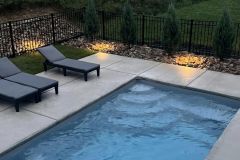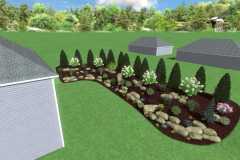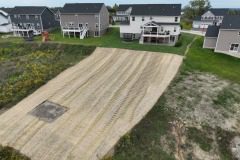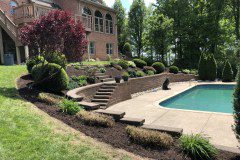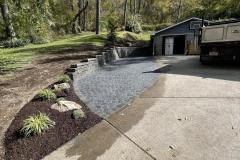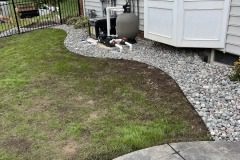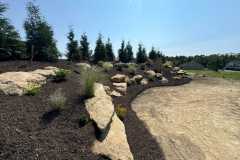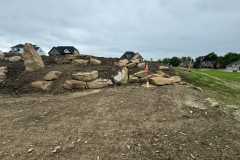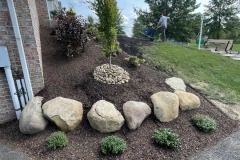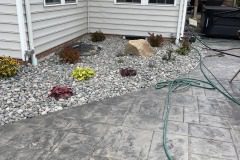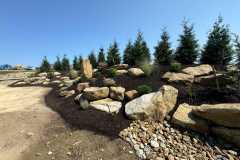When it comes to designing a beautiful and captivating garden for your Pittsburgh home, establishing a strong foundation is key. Just like a well-built house, a well-structured garden provides the backbone and framework that brings harmony and visual interest to your outdoor space. In this article, we will explore the art of designing a well-structured garden, step by step. From understanding the importance of a strong foundation to practical tips for creating balance and interest, we’ll guide you through the process of crafting a stunning garden that will thrive in the unique climate of Pittsburgh.
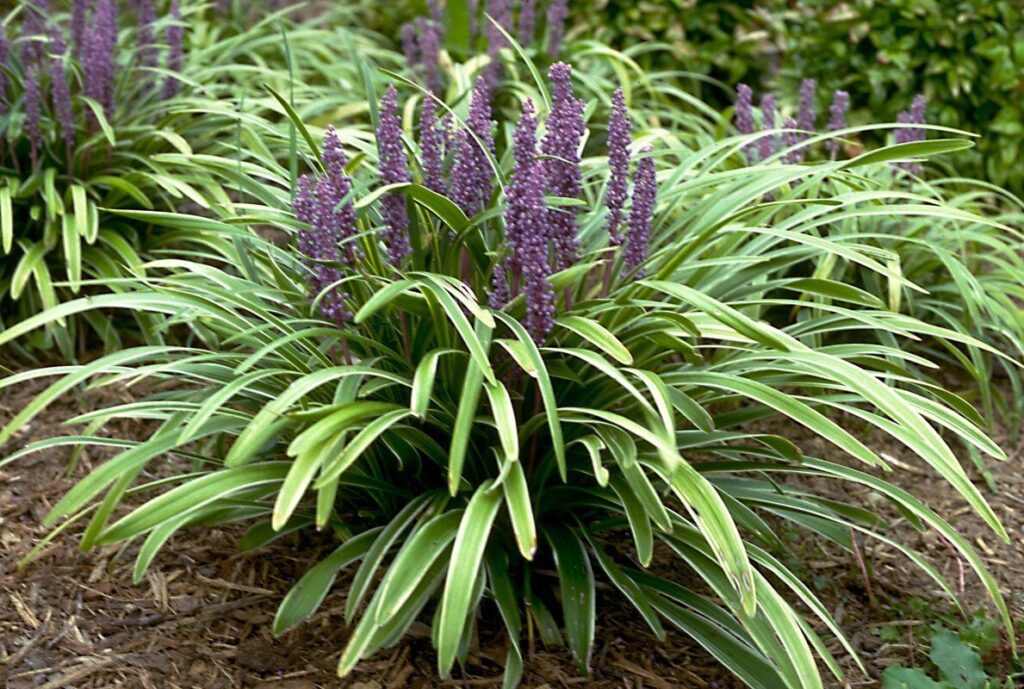
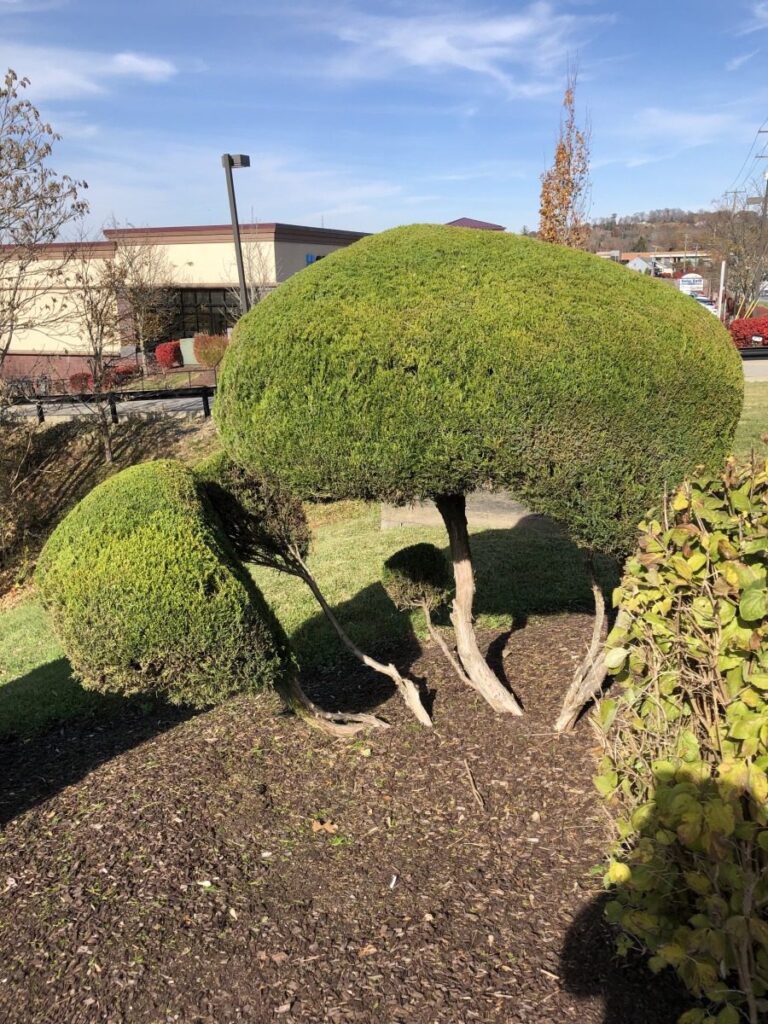

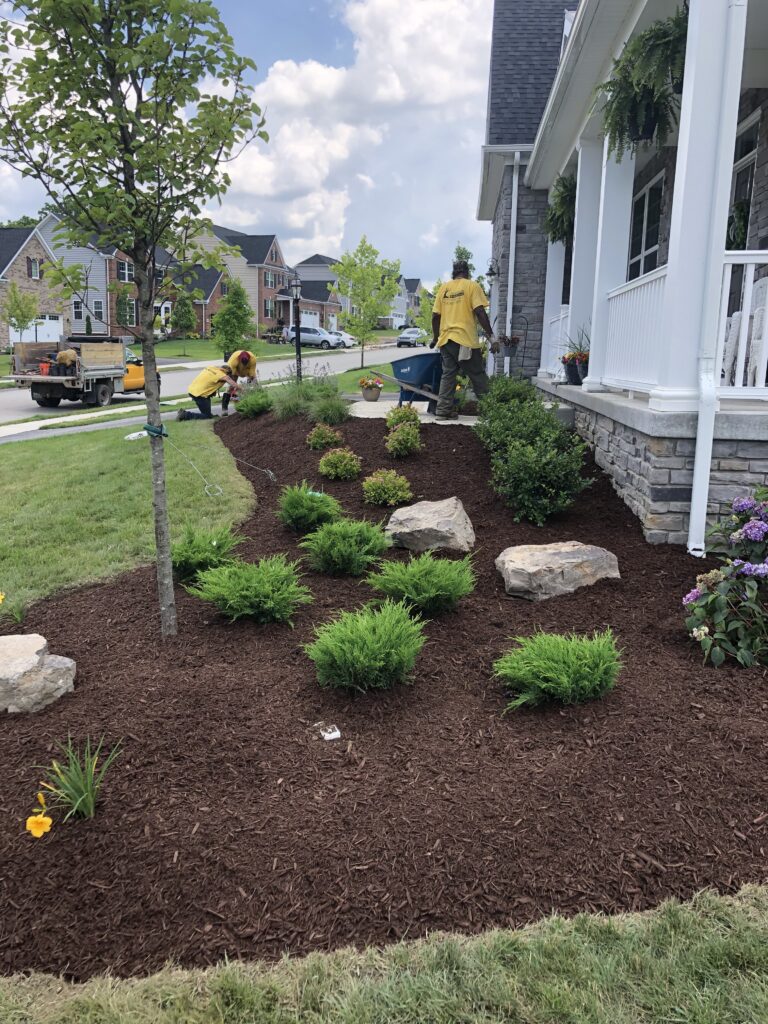
The Importance of a Strong Foundation
A garden’s foundation sets the stage for all other elements to shine. It provides structure, dimension, and a sense of cohesion to the overall design. A well-structured garden ensures that your landscape remains visually appealing and functional throughout the seasons. Let’s delve into why establishing a strong foundation is crucial for your Pittsburgh garden.
1. Creating Visual Interest and Balance
Just as a painting needs a well-composed background to highlight its focal point, a garden relies on a strong foundation to showcase its vibrant plants and features. By incorporating elements such as hedges, pathways, arbors, fences, or gates, you can establish a visually pleasing structure that supports and enhances the beauty of your plants and flowers. These elements serve as the bones of your garden, creating balance and guiding the eye through the space.
2. All-Season Appeal
In Pittsburgh, where the climate experiences distinct seasons, a well-structured garden ensures year-round interest. While flowers may bloom in spring and summer, the bones of your garden, such as evergreen shrubs, ornamental grasses, or architectural elements, provide visual appeal even during the colder months. They add texture, shape, and color variation to the landscape, ensuring that your garden remains captivating and inviting throughout the year.
Step-by-Step Guide to Designing a Well-Structured Garden
Step 1: Assess Your Space and Needs
Before diving into the design process, take a careful look at your outdoor space. Consider the size, shape, and specific characteristics of your garden. Take note of any existing features, such as trees, slopes, or focal points that can guide your design decisions. Additionally, think about your needs and preferences regarding the functionality and aesthetics of the garden. Do you want a cozy retreat or a space for entertaining? Understanding your goals will help you make informed design choices.
Step 2: Plan Your Layout and Structure
With a clear understanding of your space and needs, it’s time to plan the layout and structure of your garden. Start by sketching a rough outline, indicating the placement of key elements like pathways, borders, focal points, and garden structures. Consider the flow and connectivity between different areas, and how each element contributes to the overall design. This is where you can get creative with the design and think about incorporating unique features like pergolas, arches, or decorative fences.
Step 3: Choose the Right Plants
Selecting the right plants is crucial for creating a well-structured garden. Opt for a mix of evergreen shrubs, trees, perennials, and annuals that provide year-round foliage, blooms, and interesting textures. Consider the specific conditions of your garden, such as sunlight exposure and soil type, to choose plants that will thrive in Pittsburgh’s climate. Incorporate plants with varying heights, bloom times, leaf shapes, and colors to create visual interest and balance. Some suitable plant options for Pittsburgh gardens include Eastern Redbud, Allegheny Serviceberry, Black-Eyed Susan, and Salvia.
Step 4: Incorporate Hardscape Elements
To further enhance the structure and functionality of your garden, incorporate hardscape elements. Boulders, stone benches, pathways, and retaining walls not only add visual interest but also create defined spaces within your garden. These elements provide focal points, guide the flow of movement, and establish boundaries between different areas. When choosing hardscape materials, consider those that complement the overall style of your garden and the architecture of your home. For a classic and timeless look, natural stone or brick can be excellent choices.
Step 5: Create Seasonal Interest
A well-structured garden should captivate and delight throughout the seasons. Plan your plantings strategically to ensure there’s always something of interest, regardless of the time of year. Introduce plants that offer vibrant blooms in spring and summer, and select species with captivating foliage colors and textures for the fall. Consider incorporating ornamental grasses or winter-blooming shrubs to add visual appeal during the colder months. By carefully selecting a variety of plants with different seasonal characteristics, you can create a garden that evolves and surprises throughout the year.
Step 6: Maintain and Evolve Your Garden
Once your well-structured garden is established, it’s important to maintain and evolve it over time. Regular maintenance, such as pruning, weeding, and fertilizing, will keep your plants healthy and the overall design intact. As seasons change, consider adding new plants or elements to refresh the garden and keep it exciting. Continuously evaluate the structure and functionality of your garden, making adjustments as needed to ensure it remains well-balanced and visually appealing.
American Groundskeeping: Your Partner in Garden Design
Creating a well-structured garden may seem like a daunting task, but you don’t have to do it alone. American Groundskeeping, a trusted resource in landscape techniques, can provide expert guidance and assistance in designing your dream garden. With their knowledge of the Pittsburgh area and expertise in creating visually captivating outdoor spaces, they are the perfect partner to help you bring your garden vision to life. Visit their website at American Groundskeeping to explore their services and gain inspiration for your garden design.
Conclusion
Designing a well-structured garden is an art that requires careful planning, consideration, and a touch of creativity. By establishing a strong foundation, incorporating elements that provide structure and balance, choosing the right plants, and adding hardscape elements, you can create a captivating outdoor space for your Pittsburgh home. Remember to evaluate and evolve your garden over time, ensuring that it remains visually appealing and functional throughout the seasons. With the assistance of American Groundskeeping, your journey to a well-structured garden will be guided by expertise and knowledge, resulting in a stunning outdoor oasis that you can enjoy for years to come.

